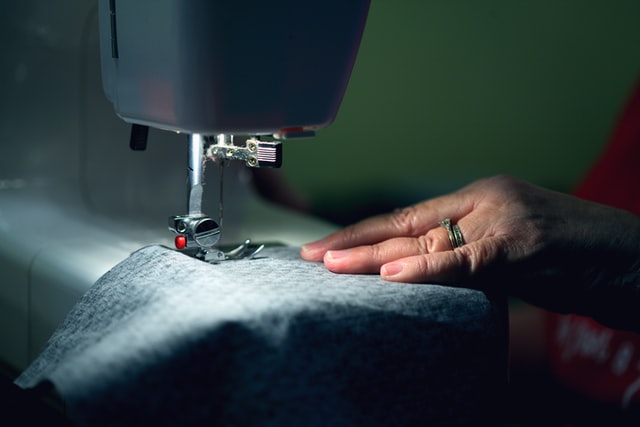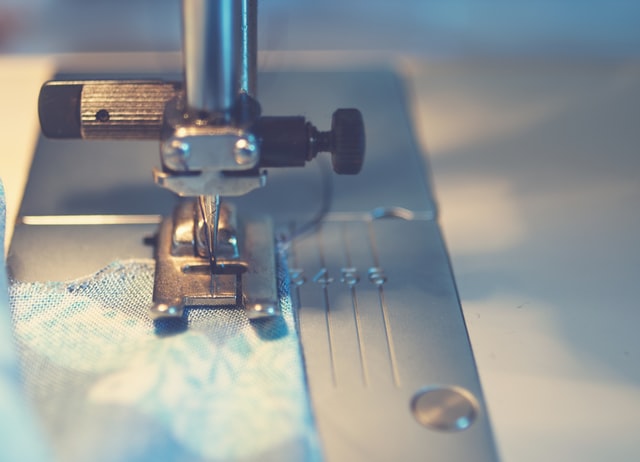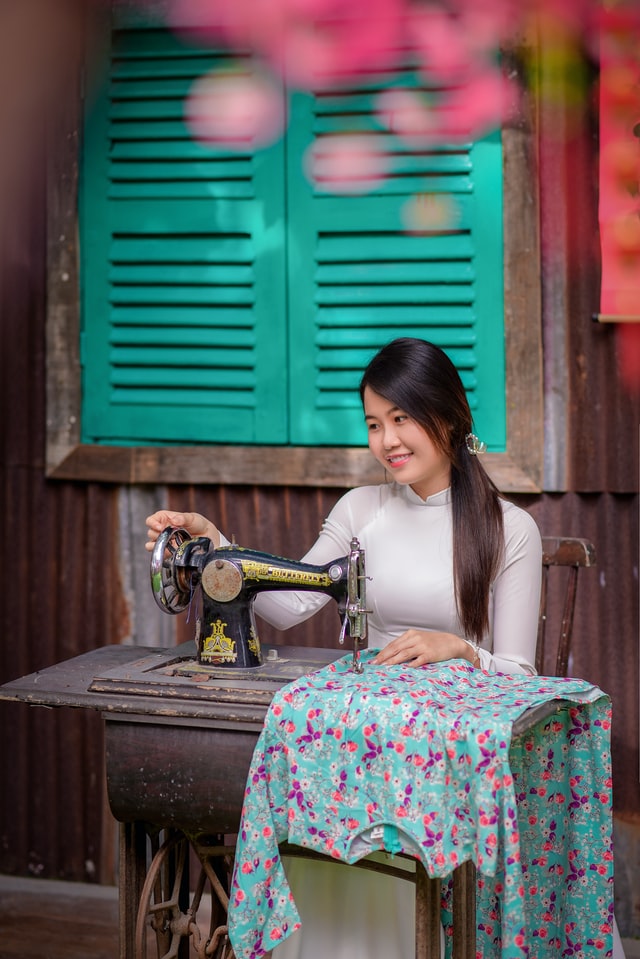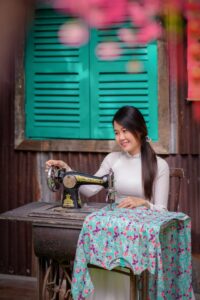Choosing a sewing machine can be quite an ordeal, mainly because they can be quite an investment, and are each made unique for different purposes. The features on each machine vary widely, often making the choice more difficult than it seems.
As a result, choosing the proper sewing machine can be difficult, especially for a beginner. Choosing a sewing machine should depend on your purpose for buying one, your level of experience, and your budget.

Sewing machines have become much more advanced in the last few decades with the Singer and Janome models. These machines are very unique because even older models are not simply cast aside when new versions are released.
Even older models retain their relevance due to personal preferences and prices. To select the proper sewing machine, it is important to be aware of the different types. Two of the general categories for sewing machines are the Mechanical and Computerized types.
Table of Contents
Mechanical Sewing Machines
These machines are one of the most common types you might see in any household or school. They rely on the manual operation of dials and pedals to make full use of the available features.
One of the biggest merits of these types of machines is that they are beginner-friendly. Other machines may come with a multitude of features that can be overwhelming for those who have barely interacted with a sewing machine before.
However, mechanical sewing machines are simpler to use with small quality-of-life features to improve one’s experience in sewing. They are an excellent way to teach beginners the intricacies of the craft. They can be made compact for easy storage, making them ideal for home repairs or arts and crafts projects.

Compared to other sewing machines, mechanical types are generally a lot cheaper. One can purchase a top-end mechanical sewing machine for the price of a standard computerized type. They can be cost-efficient for those looking to make a small investment to learn a new skill or to make small clothing mends or other repairs at home.
Computerized Sewing Machines
The computerized types are filled with a variety of features that make the sewing experience much more convenient. Many of these machine types come with high speeds to work through most types of material and can even operate without pedals.
They come with more built-in stitches as well as other features to make sewing much easier. Even among these types of sewing machines, there is a great variety to choose from.
These types of machines benefit the experienced the most as they can make full use of all the features that accompany these types of models.
Notable Features
High Speeds
Each machine comes with a fixed top speed which determines the types of materials that a sewing machine can operate with. To work through tough materials such as denim or rubber, one would likely need a “Heavy-duty” sewing machine that has speeds of over 1000 stitches per minute.
These machines have high speeds and can be equipped with heavy-duty needles that allow one to work through tough materials. Anything far below that may result in your machine developing problems during operation.
Free-arm Capability
A free-arm capability is when a sewing machine’s working surface has a space below it. Despite the smaller working surface, the feature allows you to wrap the fabric around the work surface for greater ease when working on cuffs, sleeves, etc. Most sewing machines will have this feature, but it is important to ensure the one you select has it.
Selecting Your Machine
As mentioned before, selecting your machine should depend on your purpose, level of experience, and budget. For beginners, learning the basics and understanding what you can and cannot do with a sewing machine is the primary objective.
As one progresses in skill and understanding, one can easily understand and appreciate the benefits other machines have. At this level, an inexpensive mechanical sewing machine with a few quality-of-life features would be the best choice.
It makes for a simple machine to learn on and becomes an inexpensive way to learn a fun and useful skill. Such models are great for arts and crafts projects but, should that not be your passion, it also becomes a useful household tool to repair different fabrics.

For those who have already learned the basics and have more complex projects in mind, mechanical types would no longer be ideal.
At this level, you’re seeking a larger amount of options with stitches that are just not as widely available on mechanical sewing machines. The ideal sewing machine model at this level of experience is a computerized sewing machine.
These models might be a bit more expensive but generally come with a wider range of useful features such as high speeds of 1000 stitches-per-minute, more built-in stitches, PC compatibility, etc.
The high speeds can help sewing machines work through tougher materials such as denim and canvas. With this speed combined with your wider range of built-in stitch options, you can work through future crafts projects more creatively.
EndNote
Selecting a sewing machine can be very tricky and the last thing anyone wants to do is to purchase a machine and find out that it didn’t suit them at all. It’s important to establish why you’re getting a sewing machine and what you plan to use it for in the future. Doing so will ensure that you have as much fun with your new sewing machine as possible in the future.
